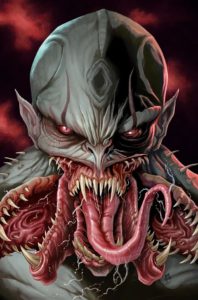 Name: Allan Otero
Name: Allan Otero
1. Favorite character growing up:
There were actually quite a lot. In animation, I can name adventurers such as Flash Gordon, Thundar the Barbarian or Tarzan. In comics, I liked The Fantastic Four very much, particularly for Kirby’s artwork. At that time, I didn’t pay too much attention to the name of the artists; I only enjoyed good art as I still do today. But my favorite was always Spider-Man.
2. Favorite character now:
The first one that comes to mind is definitely Batman. The problem is that I enjoyed so much the comic books from the ‘80s and 90s (and earlier) that I still miss that flavor. Claremont and Byrne´s X-Men and in general everything done by the latter mentioned artist, made me feel something that I haven’t felt ever again.
3. Your most recent work:
Conspiracy Vol. 2: Area 51, Abductions and all related stuff. As an X-Files fan, I’m tremendously enjoying illustrating this 5-issue mini-series.
4. How would you describe your style?
I could’t tell. I can’t say my artwork qualifies as “realistic” but I do try to respect the correct anatomy as much as possible to the best of my abilities. And I try to pay attention to backgrounds – I think that’s an aspect commonly overlooked in most current books (with some notable exceptions).
5. Is there any particular artist that has inspired you throughout your career?
There’s a line, that in my mind and personal taste, I can trace back to the incomparable Jack Kirby, followed by John Buscema, John Romita, Jim Aparo, Neal Adams, George Perez, Alan Davis… up until John Byrne. I’ve enjoyed his art very much, as I mentioned before, thanks in part to how old I was when I discovered him. All of them have inspired me, which doesn’t mean that my art is in any way as good as theirs.
6. How did you break out in the comic book industry?
Arcana Studio (a Canadian publisher) gave me my first opportunity working on their flagship title: Kade. Later, in the U.S., Zenescope Entertainment opened its doors to me and since that day, I’ve enjoyed and loved all their characters and stories that have come into my hands. I feel at home.
7. Is there any character from any comic book universe that you like to draw while sketching for warm ups?
Spider-Man is the first that comes to mind when I start sketching.
8. Are there any characters or titles you’d like to work on in the future?
Batman and Spider-Man are my favorites, but I think a character like Silver Surfer would be great to illustrate because of the infinite possibilities of worlds to explore.
9. What would you say is your greatest strength as an artist?
Besides procrastinating? The care and attention I put into my finished pages… I tend to be so meticulous that I often spend more time than I should on a single page (in terms of deadlines).
10. What Zenescope title have you enjoyed working the most with?
Satan’s Hollow, a horror story, with supernatural elements and characters. Those themes fascinate me and, since it is a title marketed for mature readers, I felt a lot of freedom when drawing. In general, Zenescope comics are very enjoyable to illustrate.
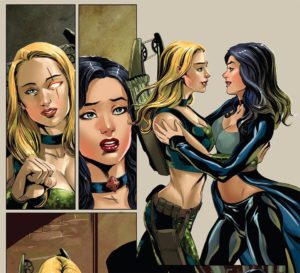 11. Can you tell us something about your next comic book projects?
11. Can you tell us something about your next comic book projects?
I’m still working on the Conspiracy mini-series and after that, only Zenescope will tell.
Every project I’ve ever worked on, aside from being a challenge, has also been really exciting… that’s something of utmost importance to me, because I tend to get bored when a concept or story doesn’t catch my attention and with Zenescope that has never happened.
12. What piece of advice would you give to young aspiring artists out there who are considering to make a career in the comic book industry?
Besides the usual stuff (anatomy, perspective, etc,), to actually enjoy the ride. Make comics/art that you like to read/see yourself. Never stop learning… don’t assume you already know everything. And be grateful if you do what you love to do.


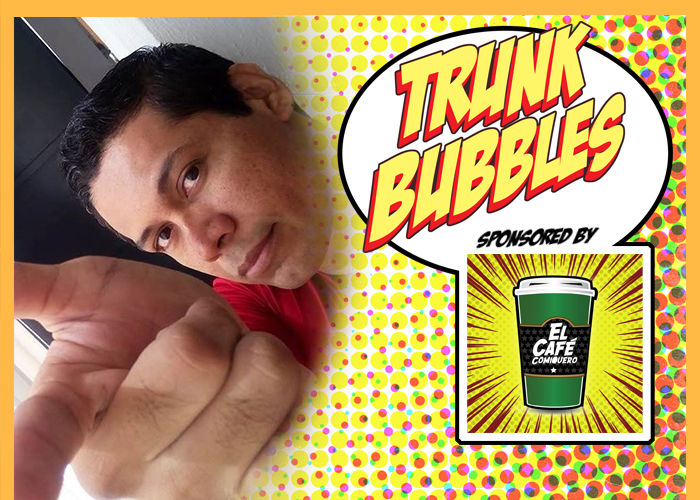
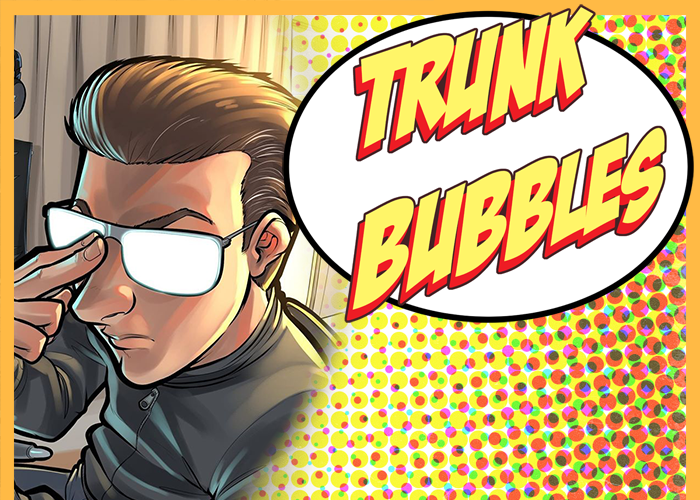
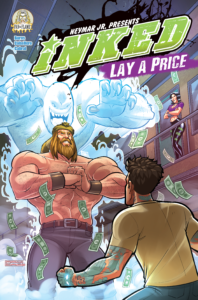 Name: Mauricio Caballero Peza
Name: Mauricio Caballero Peza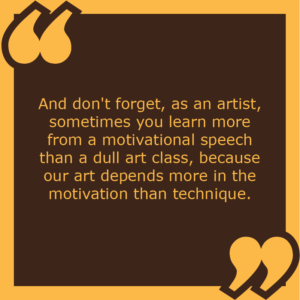
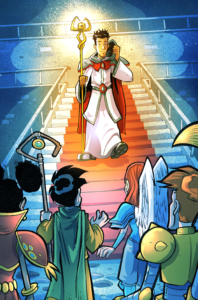 5.) Not having as much friends as I wanted to
5.) Not having as much friends as I wanted to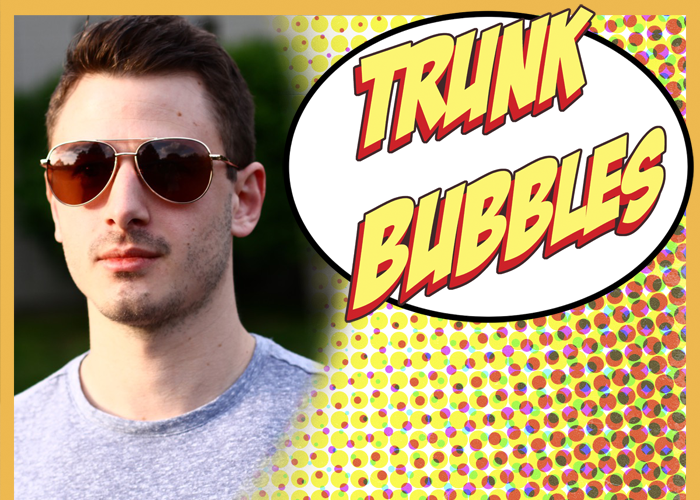
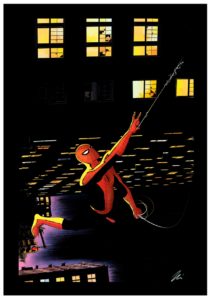 Name: Niko Walter
Name: Niko Walter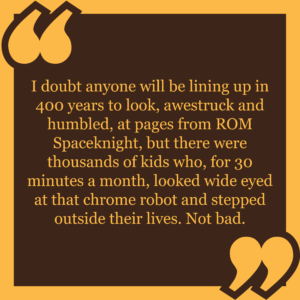 the artist started to become priority. I was big on Todd McFarlane and by extension Greg Capullo. Some Jim Lee and the Kubert brothers mixed in as well. In high school I was looking for concept so I was going through guys like Frank Miller, Warren Ellis and Alan Moore. When the “Hellboy” movie was coming out I came across Mike Mignola for the first time – promo poster or something – just a profile of Hellboy’s face. Blew away everything I had seen up to that point. Still my favorite artist. I don’t much talk about comics anymore and it’s rare I think back on reading them as a kid but it certainly strikes me at this moment just how much I enjoyed those comics growing up
the artist started to become priority. I was big on Todd McFarlane and by extension Greg Capullo. Some Jim Lee and the Kubert brothers mixed in as well. In high school I was looking for concept so I was going through guys like Frank Miller, Warren Ellis and Alan Moore. When the “Hellboy” movie was coming out I came across Mike Mignola for the first time – promo poster or something – just a profile of Hellboy’s face. Blew away everything I had seen up to that point. Still my favorite artist. I don’t much talk about comics anymore and it’s rare I think back on reading them as a kid but it certainly strikes me at this moment just how much I enjoyed those comics growing up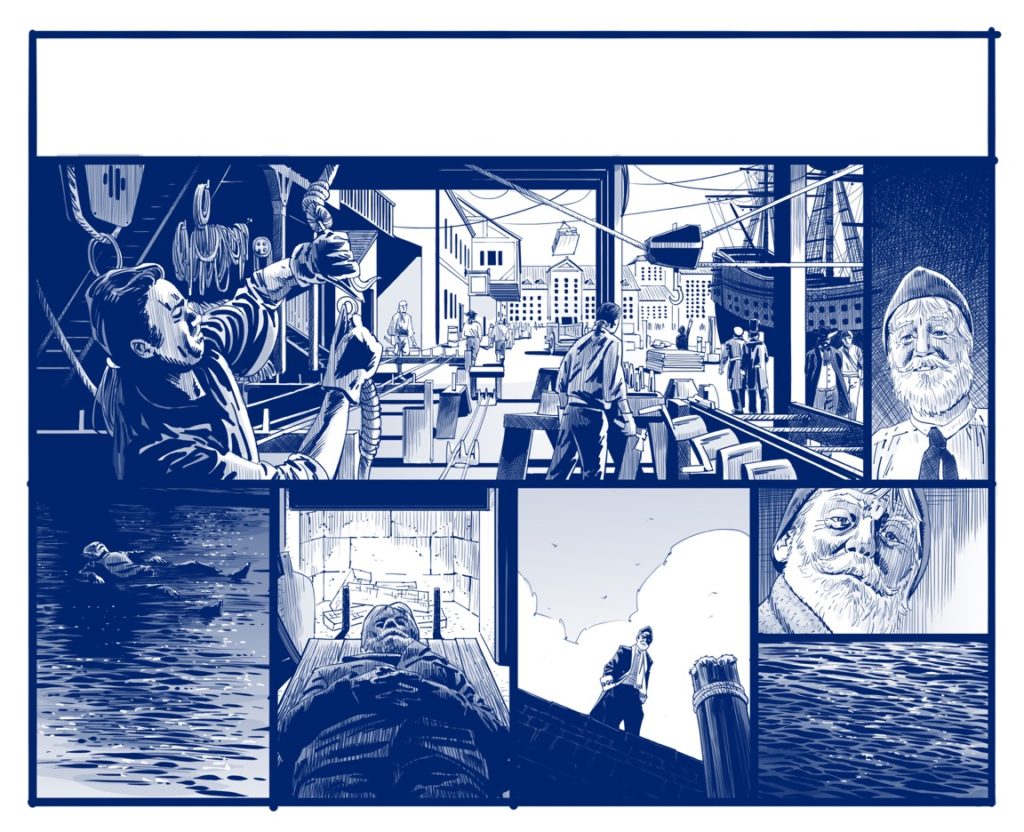
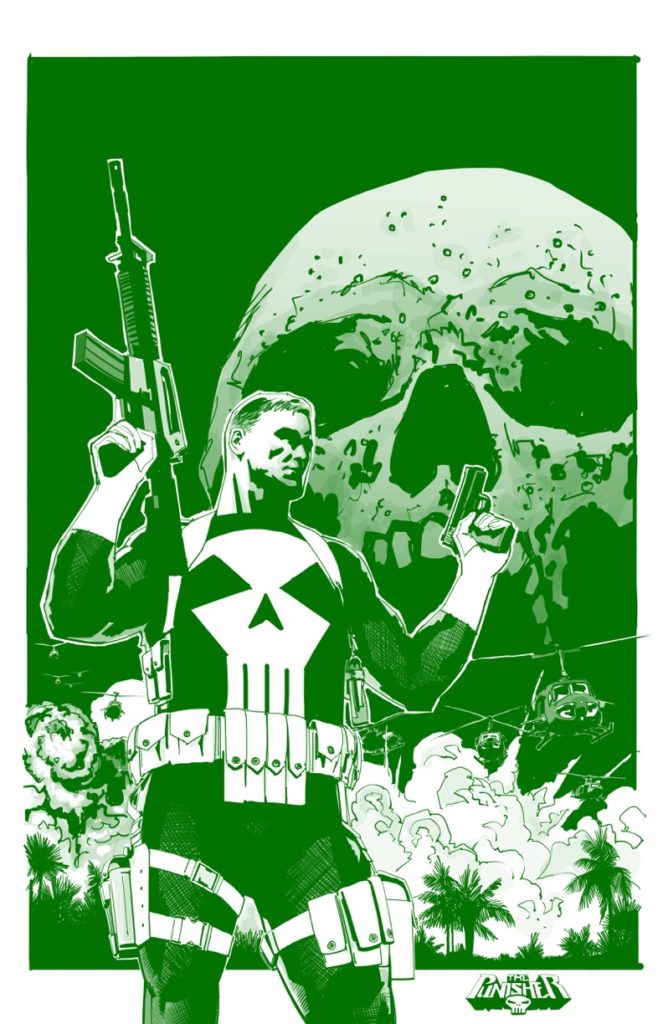 TrunkSpace: How has technology changed your process of putting ideas/script to page? Do you use the classic paper/pencil approach at all anymore?
TrunkSpace: How has technology changed your process of putting ideas/script to page? Do you use the classic paper/pencil approach at all anymore?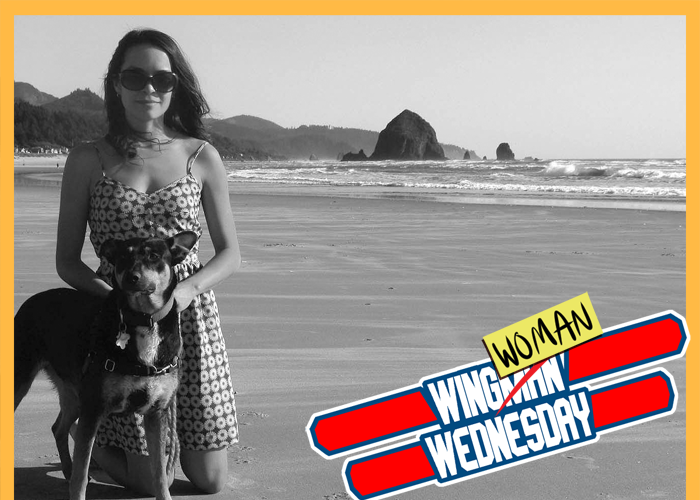
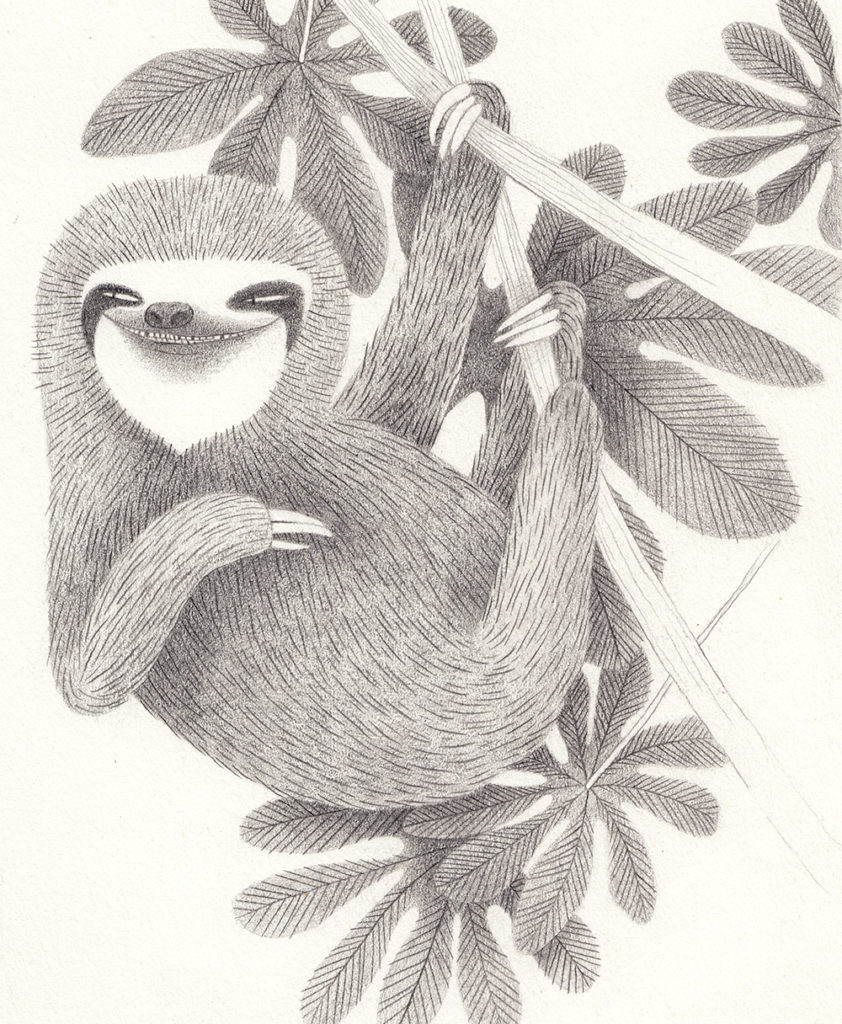
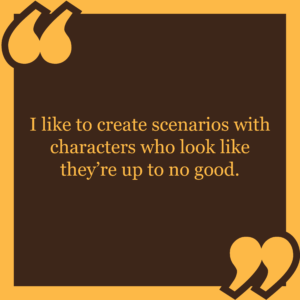
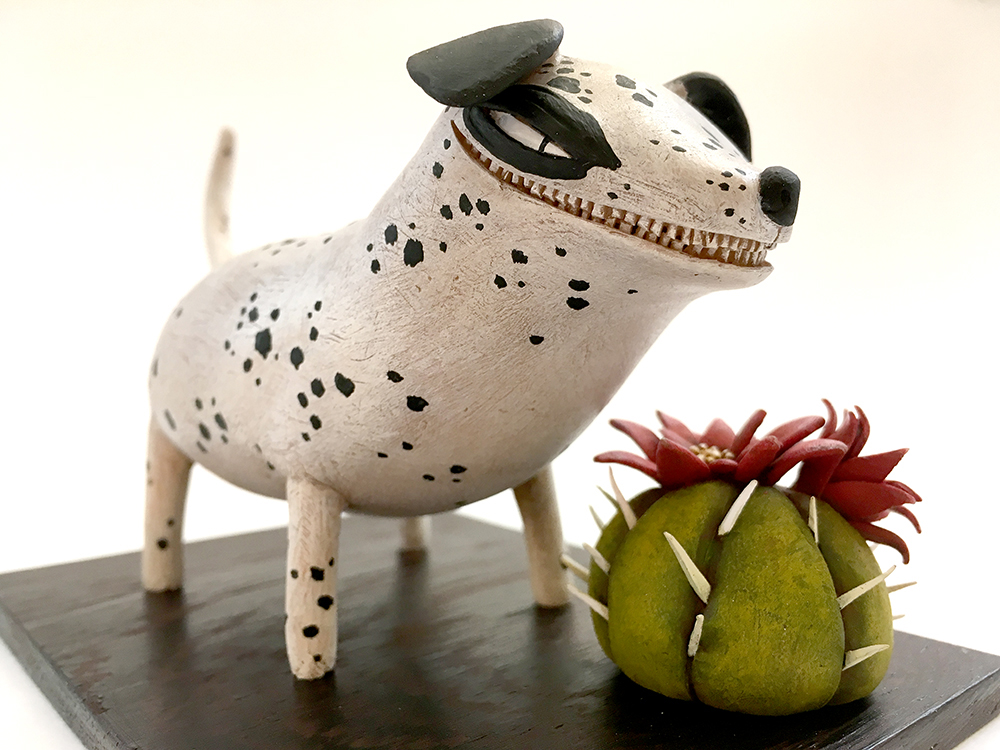
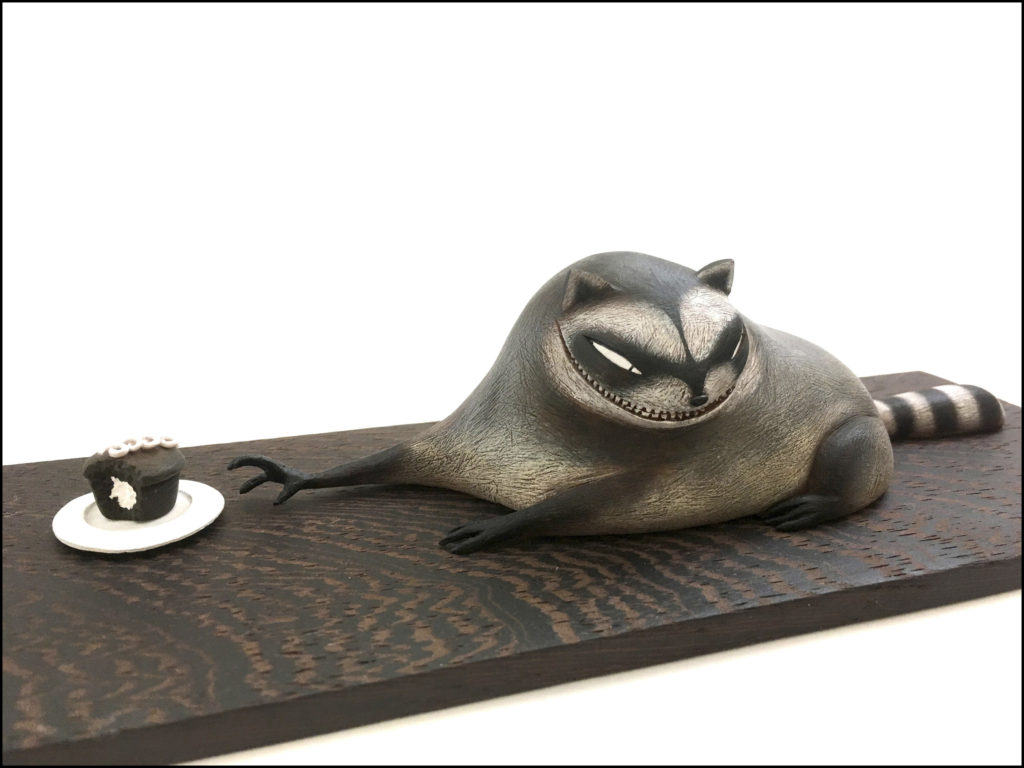
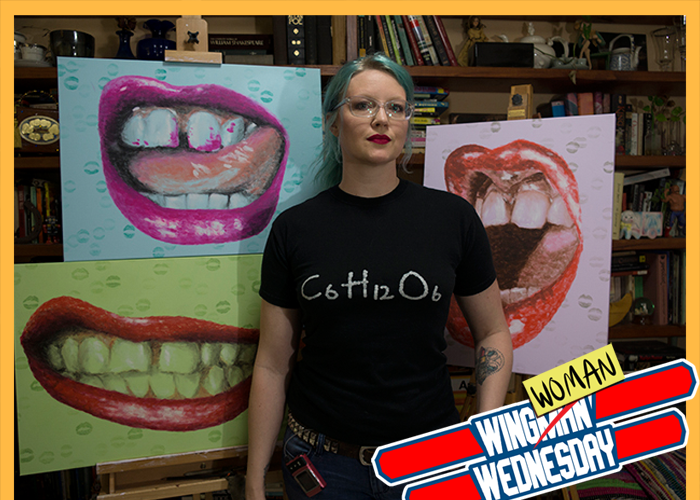
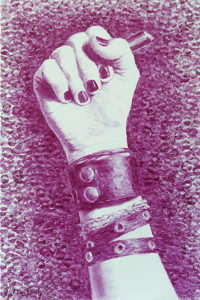
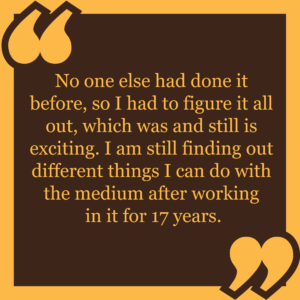 have to step back often to take it all in or make adjustments? And,
have to step back often to take it all in or make adjustments? And, 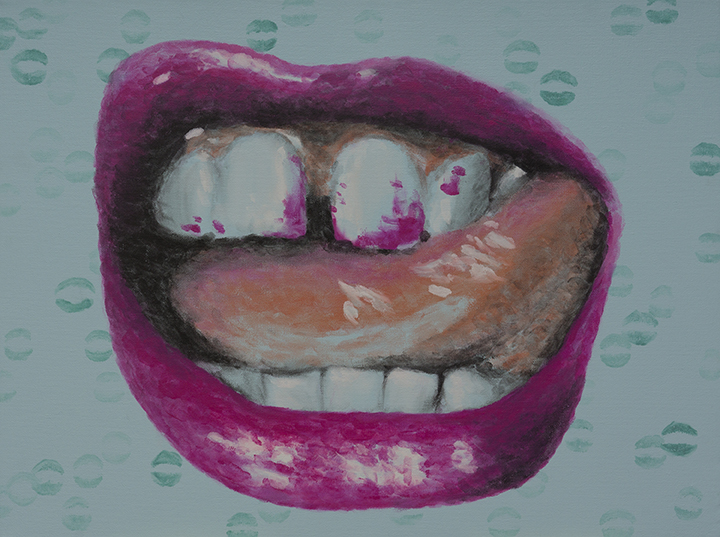
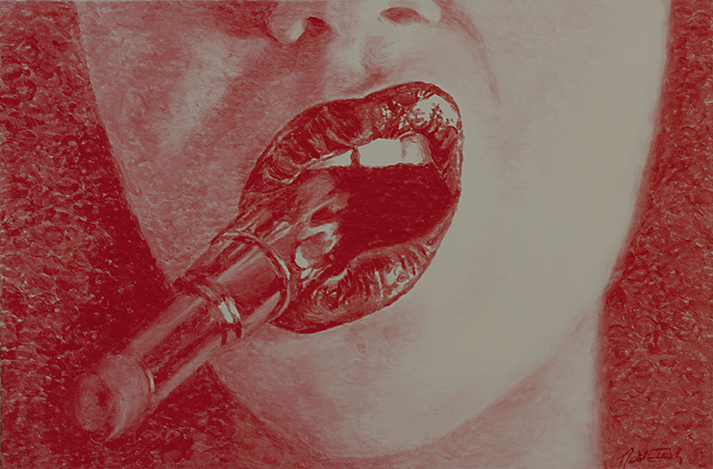
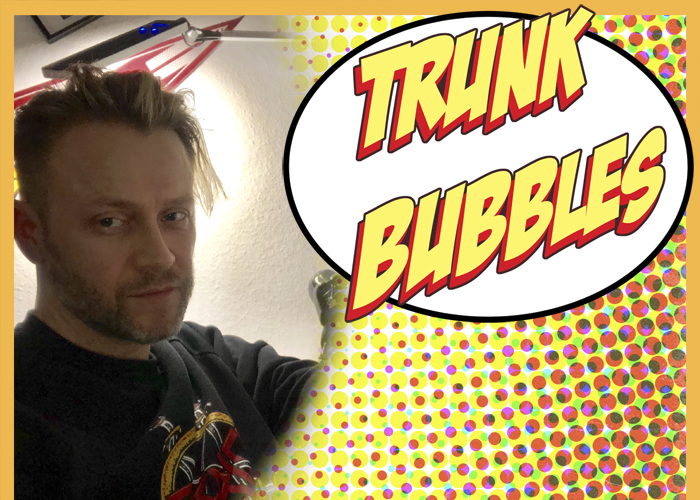
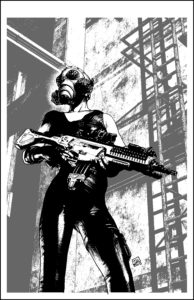 Name: Thomas Nachlik
Name: Thomas Nachlik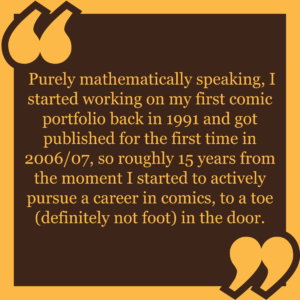
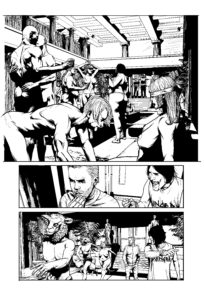 TrunkSpace: How has technology changed your process of putting ideas/script to page? Do you use the classic paper/pencil approach at all anymore?
TrunkSpace: How has technology changed your process of putting ideas/script to page? Do you use the classic paper/pencil approach at all anymore?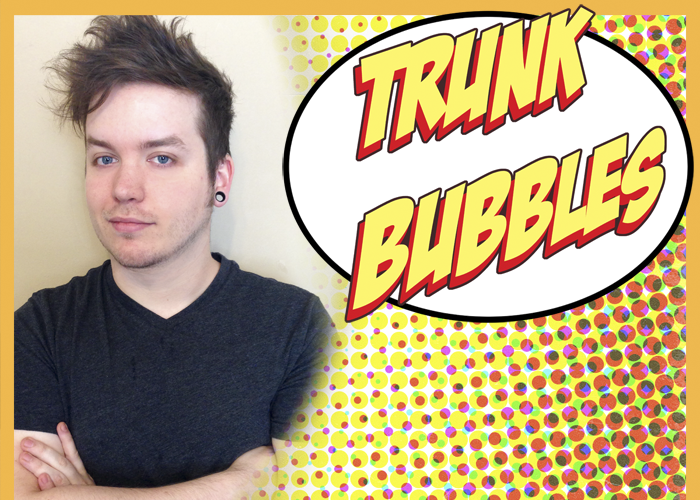
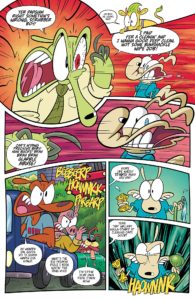 Name: Ian McGinty
Name: Ian McGinty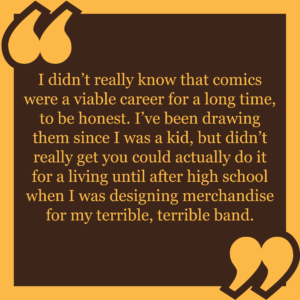
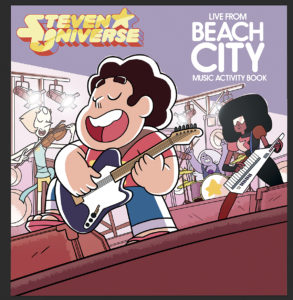 TrunkSpace: What is your ultimate dream when it comes to your career in comics? Where would you like your path to lead?
TrunkSpace: What is your ultimate dream when it comes to your career in comics? Where would you like your path to lead?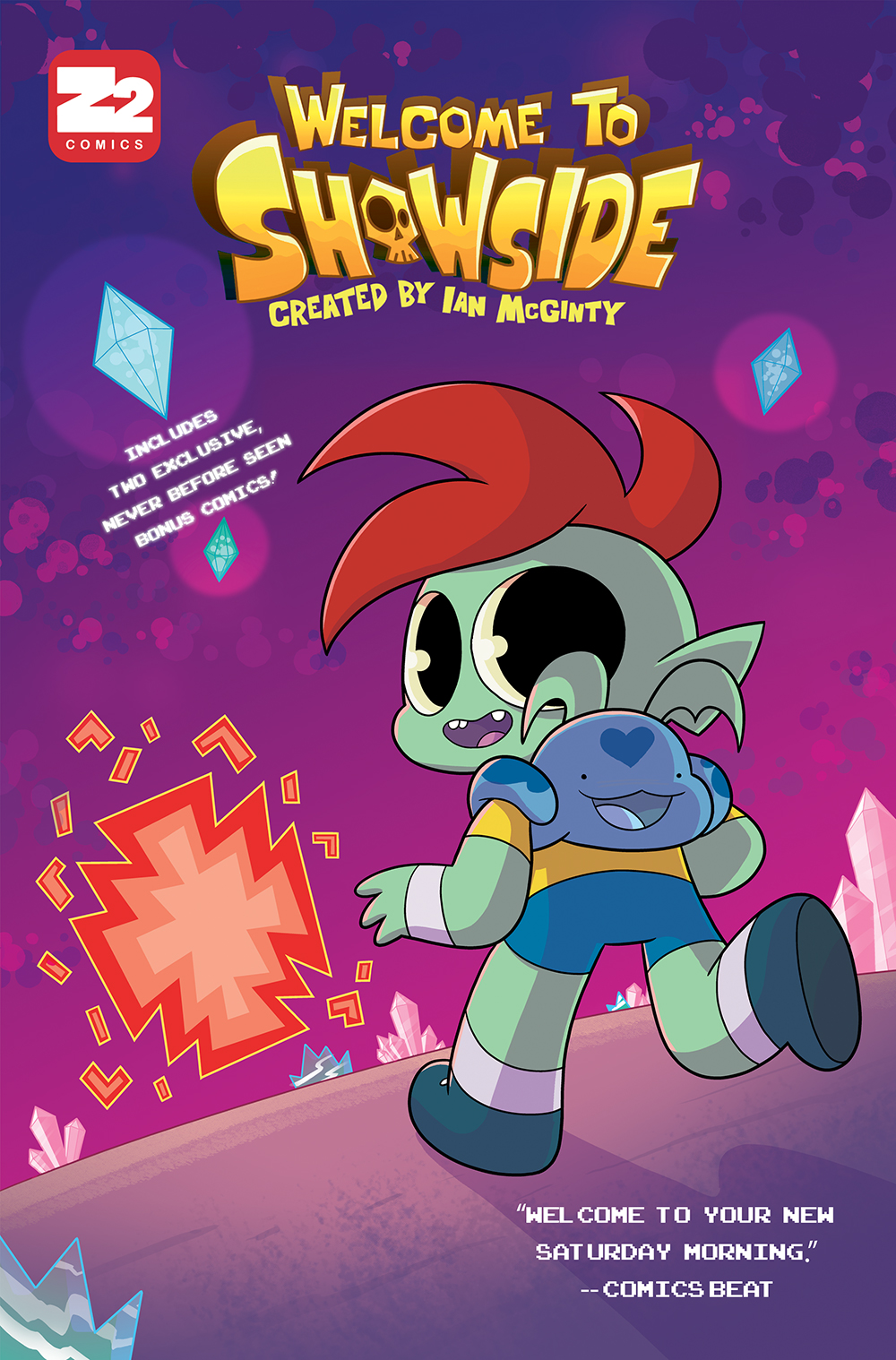
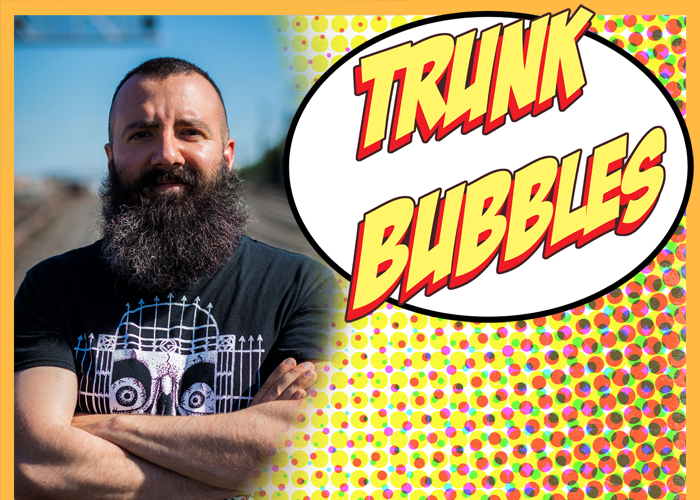
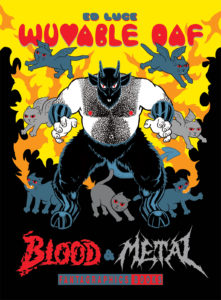 Name: Ed Luce
Name: Ed Luce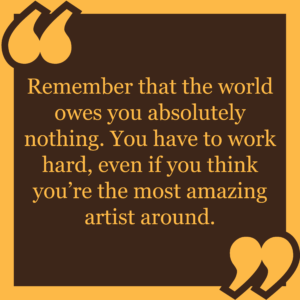 sculptor Erik Erspamer), all spinning out of the main Wuvable Oaf book. This helped demonstrate I had a vision and brand, which definitely attracted the attention of publishers. To this day I think that approach led me to working with Fantagraphics.
sculptor Erik Erspamer), all spinning out of the main Wuvable Oaf book. This helped demonstrate I had a vision and brand, which definitely attracted the attention of publishers. To this day I think that approach led me to working with Fantagraphics.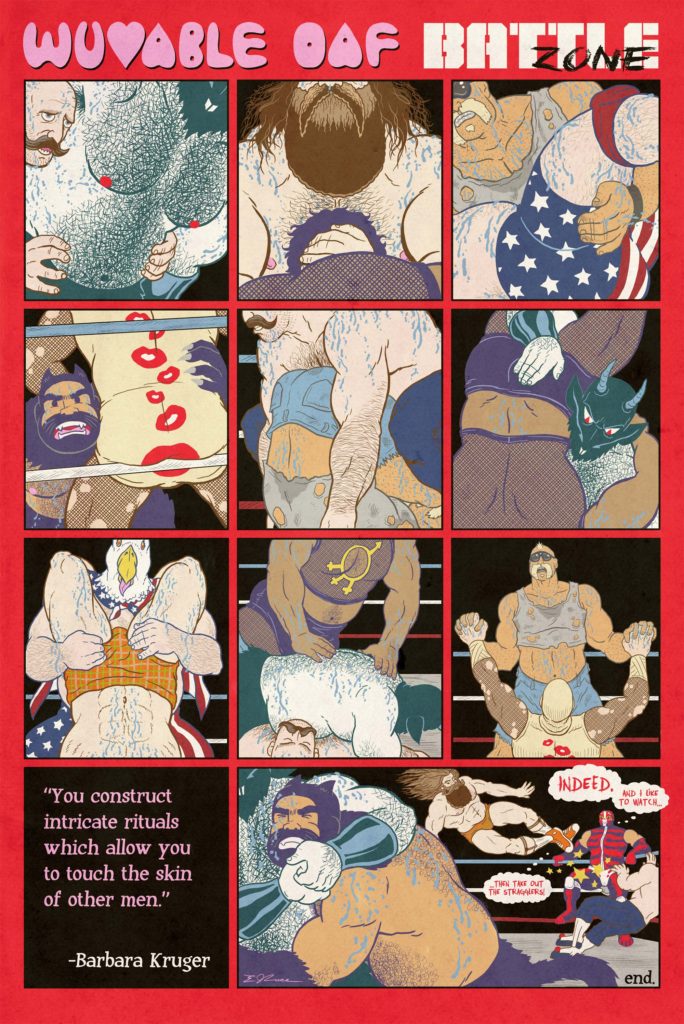 TrunkSpace: Making appearances at conventions: Love it, leave it, or a combination of both?
TrunkSpace: Making appearances at conventions: Love it, leave it, or a combination of both?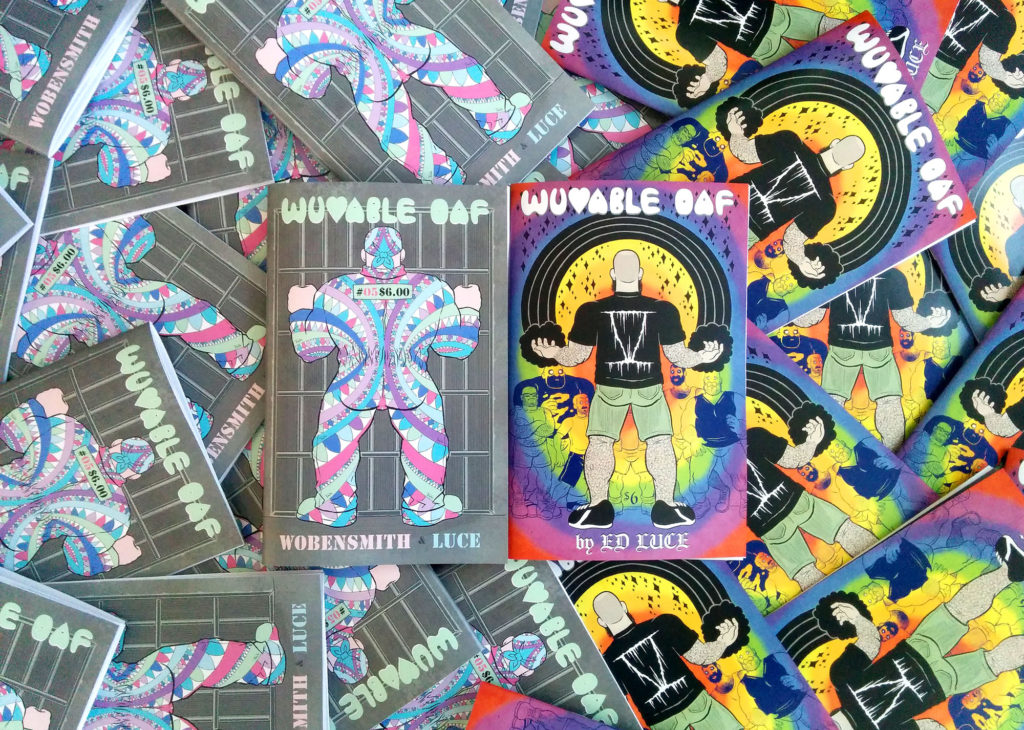
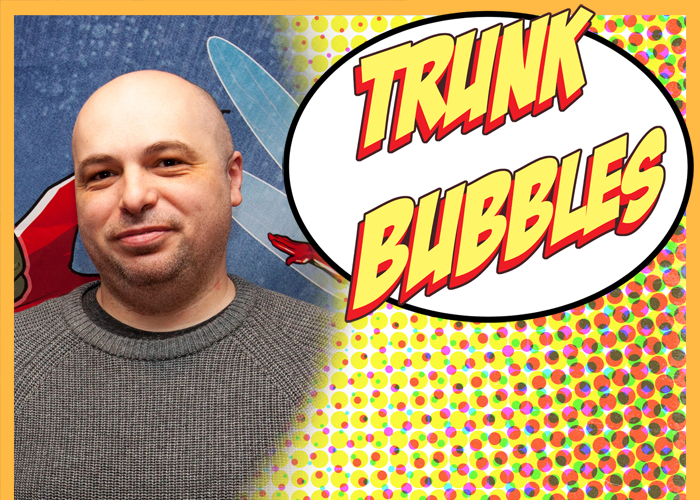
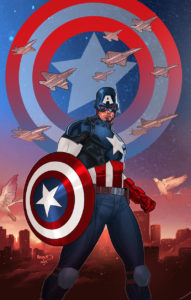 Name
Name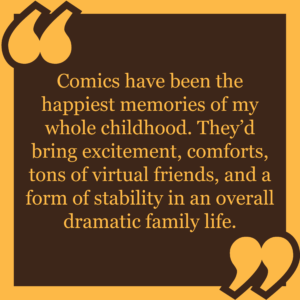
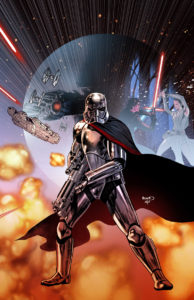 TrunkSpace: Is there a particular character or universe you always find yourself returning to when you’re sketching or doing warm-ups?
TrunkSpace: Is there a particular character or universe you always find yourself returning to when you’re sketching or doing warm-ups?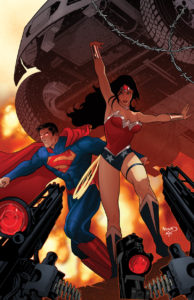 deadlines.
deadlines.